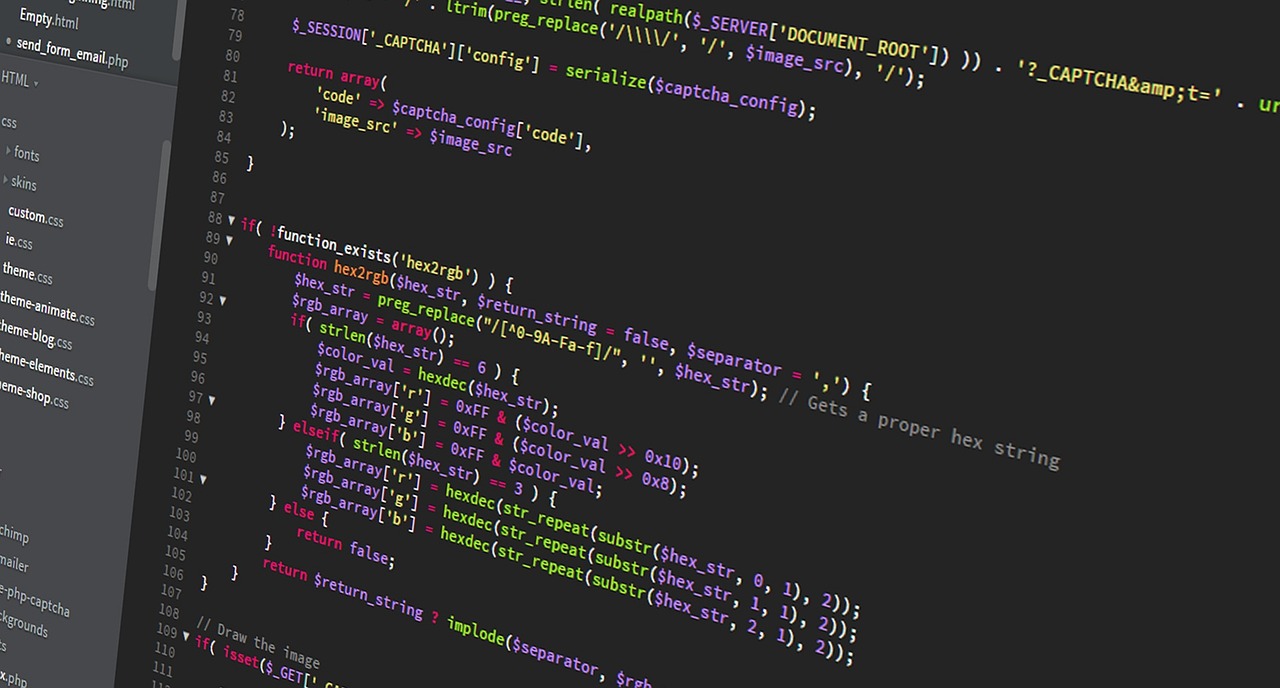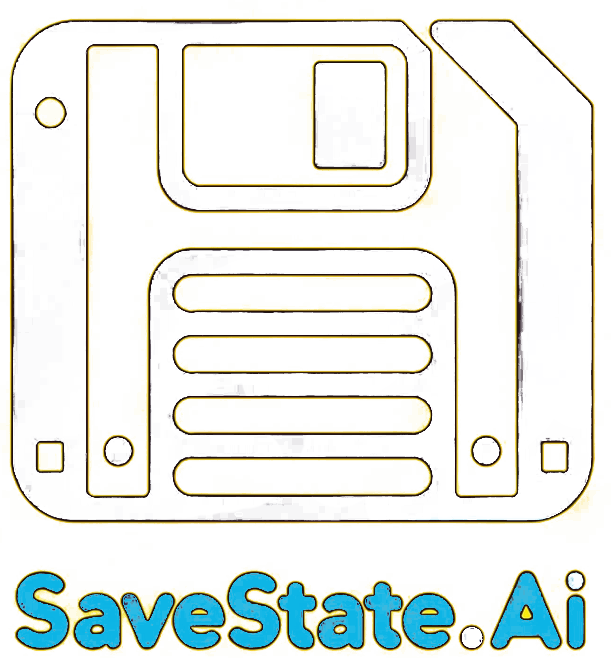
(Helpful Prompt at the end)
Introduction: The Challenge of Learning a New Language
Ever felt like you’re deciphering an ancient text while staring at unfamiliar lines of code? Learning a new programming language can be a daunting journey. But what if you had an AI companion like GPT (Generative Pre-trained Transformer) to guide you? While AI-generated code that instantly compiles may still be a dream, GPT can be your trusty guide to mastering a new programming language. Surprise! You’re not alone in this linguistic adventure. Learning a new programming language can feel like deciphering a cryptic code. But fret not, GPT has tricks to make your journey smoother.
The AI Companion: GPT as Your Programming Guru and Roadmap to Learning
Imagine having a seasoned programmer at your disposal, ready to answer your questions. That’s what GPT can do for you. Whether you’re grappling with loops or object-oriented paradigms, GPT has your back. Here’s a strategy to harness GPT’s potential. Start by framing clear questions like “Explain recursion in Python.” GPT’s responses can serve as mini-tutorials, breaking down concepts into digestible chunks.
Cracking the Code
One of the best ways to learn is by diving into practical exercises. Present a coding challenge to GPT, and it can guide you through solving it. Think of GPT as your coding buddy, suggesting approaches and highlighting pitfalls. Countless programmers have reported significant progress in language learning thanks to GPT’s assistance. From functional programming to regular expressions, GPT has proven itself as a reliable tutor.
Here’s an example chat between ChatGPT and a programmer who is seeking assistance in learning Python and working with the Requests library, a popular API for making HTTP requests.
Programmer: I’m trying to learn Python, and I’ve heard about the Requests library for making HTTP requests. Can you help me understand how to use it?
ChatGPT: Of course! The Requests library is a popular Python library for making HTTP requests. It abstracts the complexities of making requests behind simple API methods, allowing you to send HTTP/1.1 requests with various methods like GET, POST, and others. Would you like a basic example of how to make a GET request?
Programmer: Yes, please! That would be great.
ChatGPT: Sure! Here’s a simple example of making a GET request to a URL using the Requests library:
python code
import requests response = requests.get('https://api.example.com/data') if response.status_code == 200: print(response.json()) else: print('Failed to fetch data')
This code sends a GET request to the specified URL and prints the JSON response if the request is successful.
Programmer: That looks straightforward! How about sending data with a POST request? I want to create a new record in a database through an API.
ChatGPT: Certainly! You can use the post method to send a POST request. Here’s an example:
pythonCopy code
import requests data = { 'name': 'John', 'age': 30 } response = requests.post('https://api.example.com/create', json=data) if response.status_code == 201: print('Record created successfully') else: print('Failed to create record')
This code sends a POST request with a JSON payload to create a new record.
Programmer: Awesome, thanks! One last question: How do I handle authentication with the Requests library?
ChatGPT: Authentication can be handled in various ways depending on the API. For basic HTTP authentication, you can use the auth parameter. Here’s an example:
pythonCopy code:
import requests from requests.auth import HTTPBasicAuth response = requests.get('https://api.example.com/secure', auth=HTTPBasicAuth('username', 'password')) # Handle the response as neededThis code includes the username and password for basic HTTP authentication.
Programmer: You’ve been a great help, ChatGPT! I feel much more confident about using the Requests library now.
ChatGPT: I’m glad to hear that! If you have any more questions in the future, don’t hesitate to ask.
Embracing Limitations, Cultivating Curiosity, and Looking to the Future
While GPT is remarkable, it’s important to acknowledge its limitations. Cross-reference information with trusted resources, and cultivate a curious mindset to deepen your understanding.
[Read about the common mistakes programmers maker in Why Is ChatGPT Going Off-Track? Insight into AI Response Quality]
Imagine a world where GPT guides you in architectural decisions, debugging strategies, and best practices. The boundaries between learning and creating could blur.
Conclusion: Happy Coding! 🚀
Learning a new programming language requires dedication and adventurous spirit. GPT may not hand you a certificate, but it can provide guidance that transforms the daunting task into a captivating exploration. So, whether you’re delving into Python or JavaScript, remember that GPT is just a prompt away from unveiling the secrets of the programming universe.
Prompt:
Skill level on (1-5):
“Create a flashcard system to help me remember coding concepts in [choose programming language]. Include flashcards for essential topics like loops, functions, variables, and data types. Each flashcard should have a concise explanation of the concept and an example code snippet. Provide a variety of practice questions and exercises to reinforce understanding. Make the flashcards interactive and engaging, ensuring that they cover the fundamental aspects of [chosen programming language] programming. Feel free to include mnemonic devices to aid memorization.”

